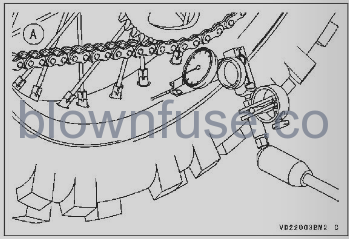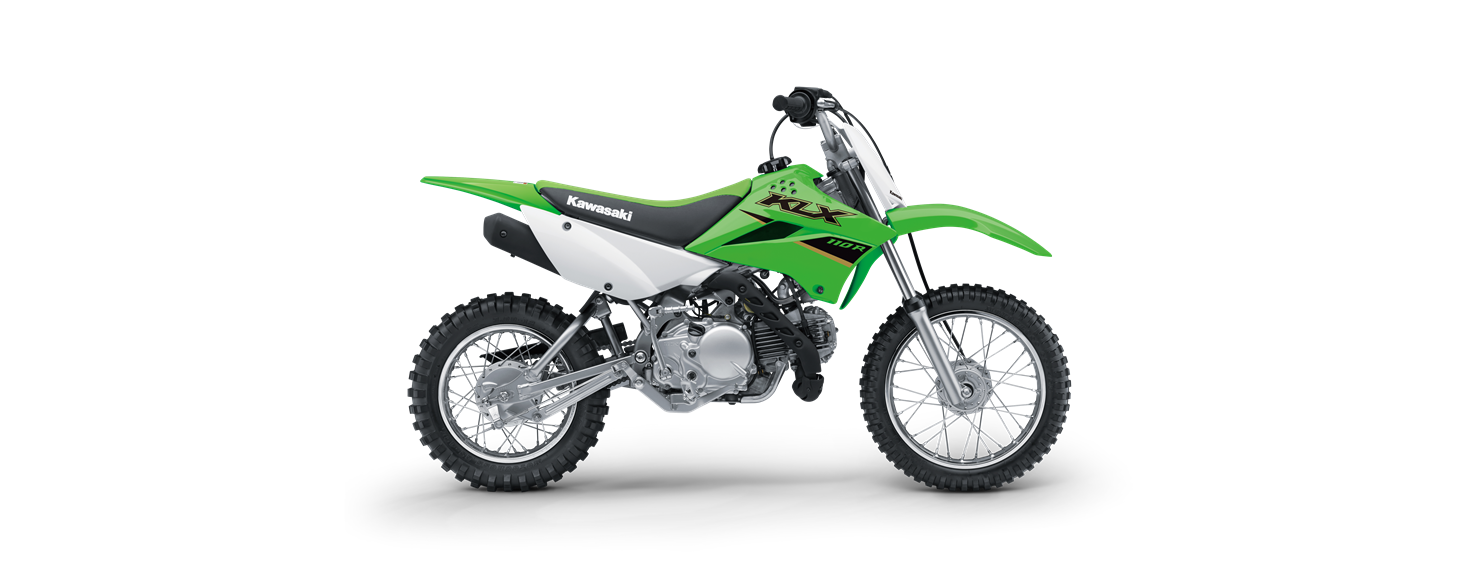2022 Kawasaki KLX110R L Wheels
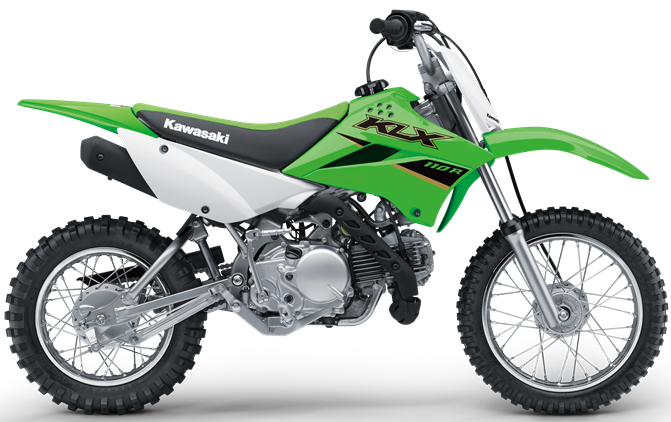
Wheels
Tire Air Pressure
Tire air pressure affects traction, handling, and tire life. Adjust the tire air pressure to suit track conditions and rider preference, but keep it close within the recommended range.
- To check the tire air pressure, remove the air valve cap, and make sure to tighten the cap securely after checking the tire pressure.
- Reduce the tire air pressure to increase the tire tread surface on the ground when riding on a wet, muddy, sandy or slippery track.
- Increase the tire air pressure to prevent damage or punctures (though the tires will skid more easily) when riding on a pebbly or hard track.
Tire Air Pressure Adjustable Range- 80 100 kPa (0.8 ~1.0 kgf/cm2, 12 14 psi)
NOTE
-
- Tire air pressure should be checked when the tires are cold before you ride the motorcycle.
Spokes and Rims
The spokes on both wheels must all be securely and evenly tightened and not be allowed to loosen. Unevenly tightened or loose spokes will cause the rim to warp, the nipples and spokes to fatigue more quickly, and the spokes to break.
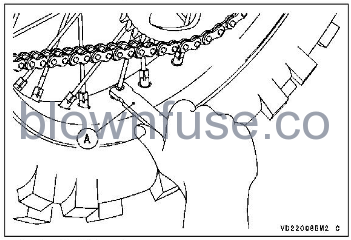 Spoke Wrench
Spoke Wrench
Rim Runout
Set up a dial gauge on the side of the rim and rotate the wheel to measure its axial runout. The difference between the highest and lowest readings is the amount of runout.
- Set up the dial gauge on the inner circumference of the rim and rotate the wheel to measure its radial runout. The difference between the highest and lowest readings is the amount of runout.
- A certain amount of rim warpage (runout) can be corrected by recentering the rim, that is, by loosening some spokes and tightening others to change the position of certain portions of the rim. If the rim is badly bent, however, it should be replaced.
NOTE
-
- The welding spot of the rim may show excess- sive runout. Disregard this when measuring rim runout
Rim Runout
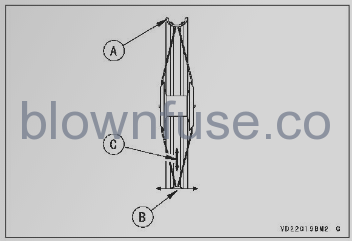
- Rim
- Axial Runout
- Radial Runout
Rim Runout Maximum Limit - Axial
- TIR 2.0 mm (0.08 in.)
- Radial
- Total Indicator Reading
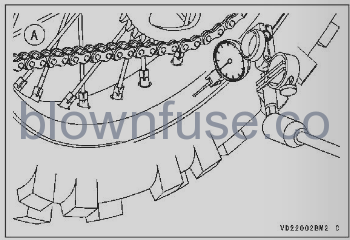
- A. Axial Rim Runout Measurement
- A. Radial Rim Runout Measurement
